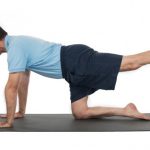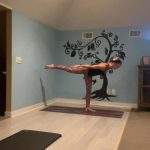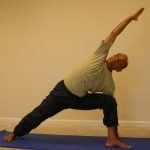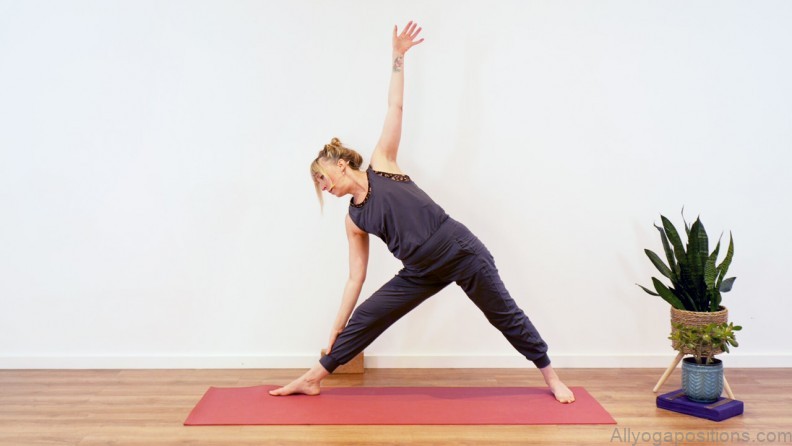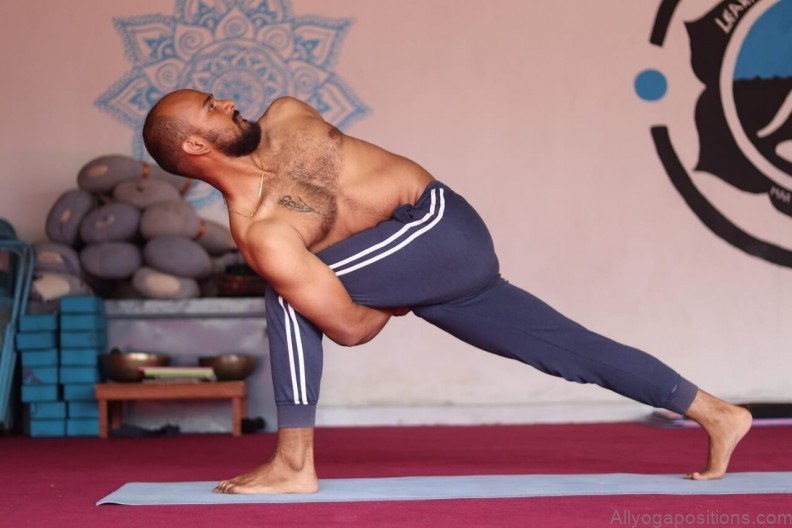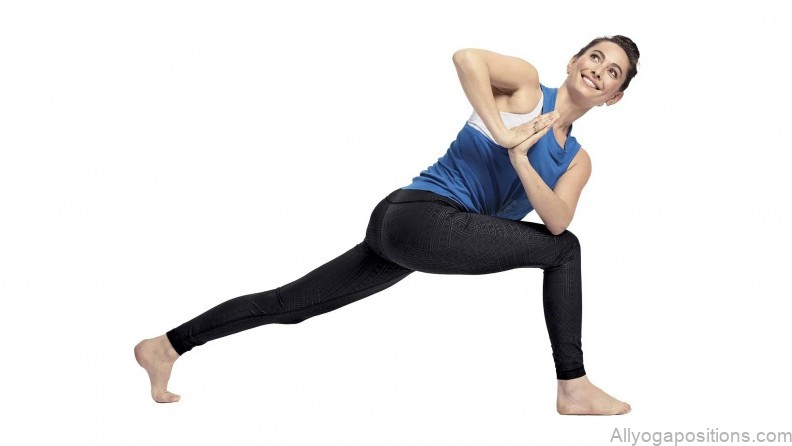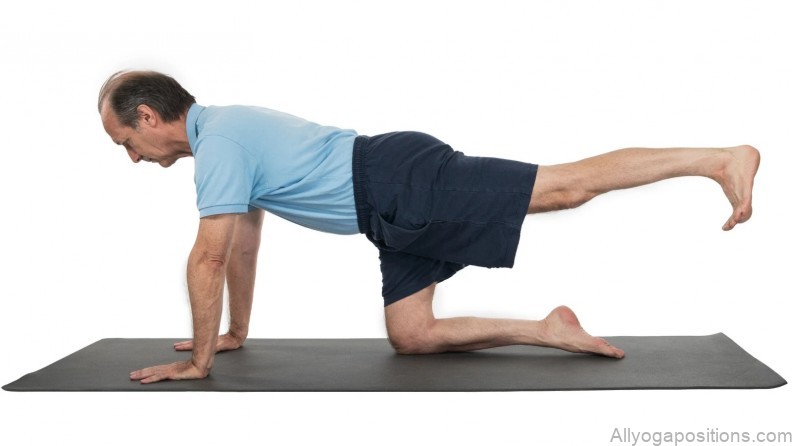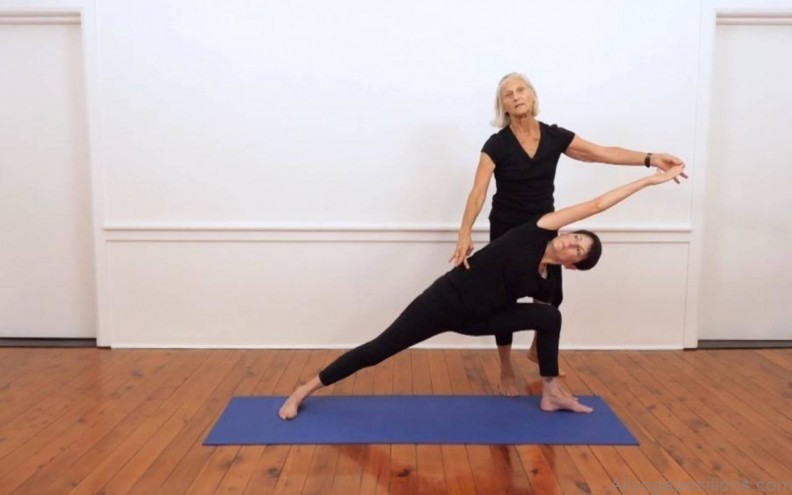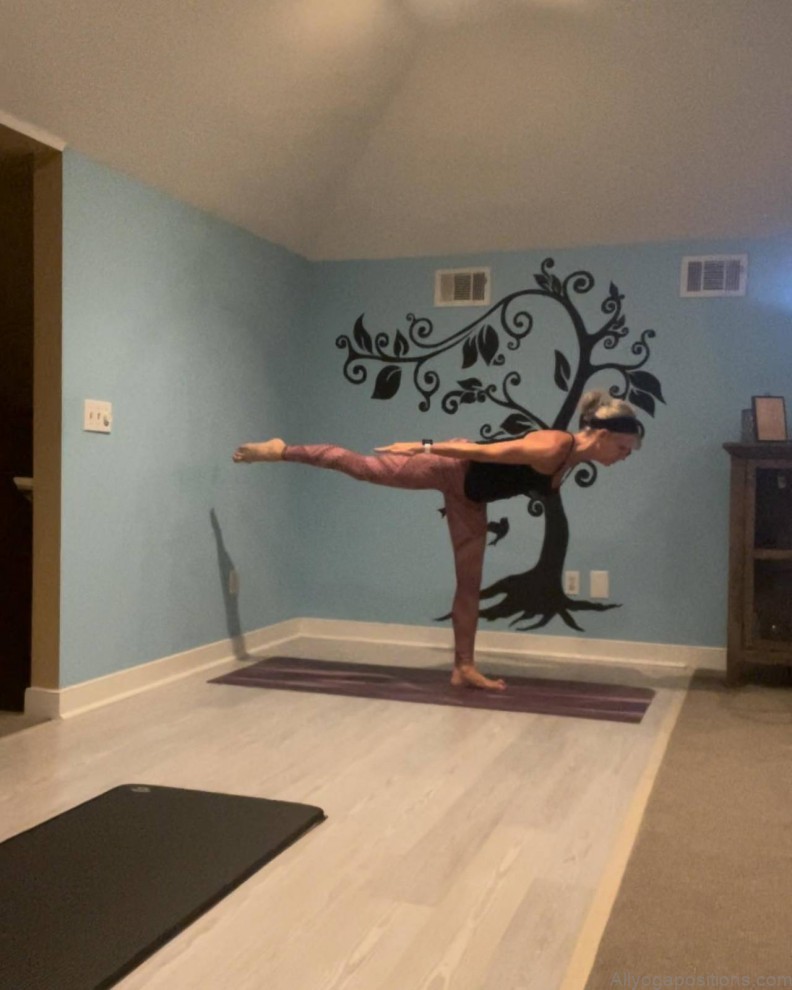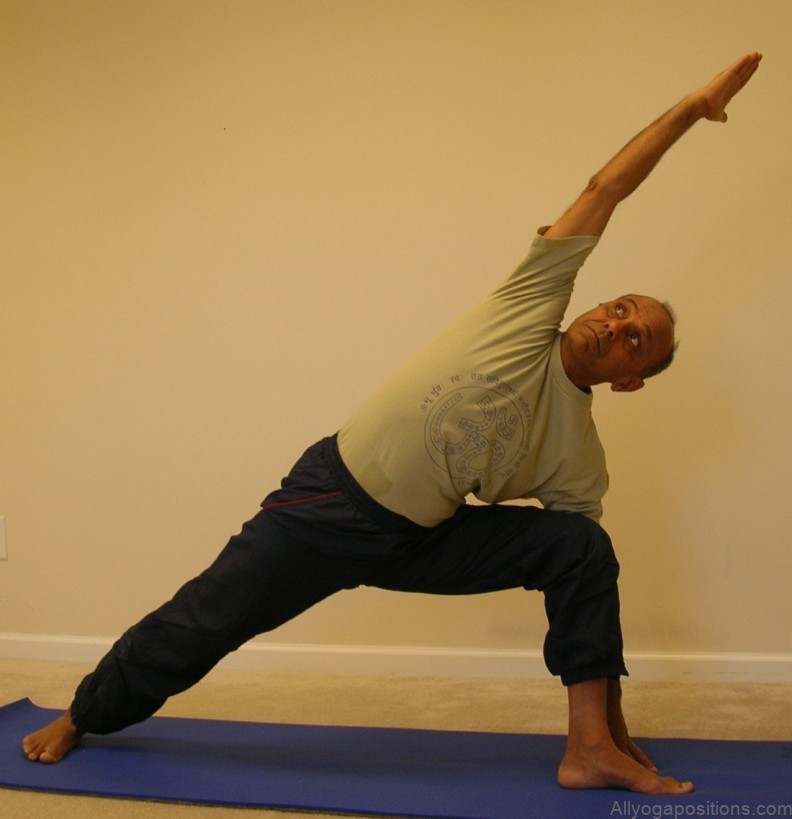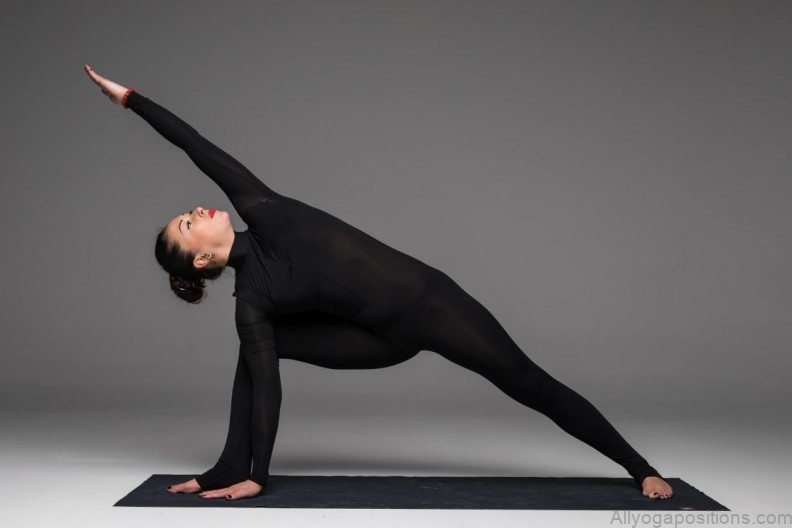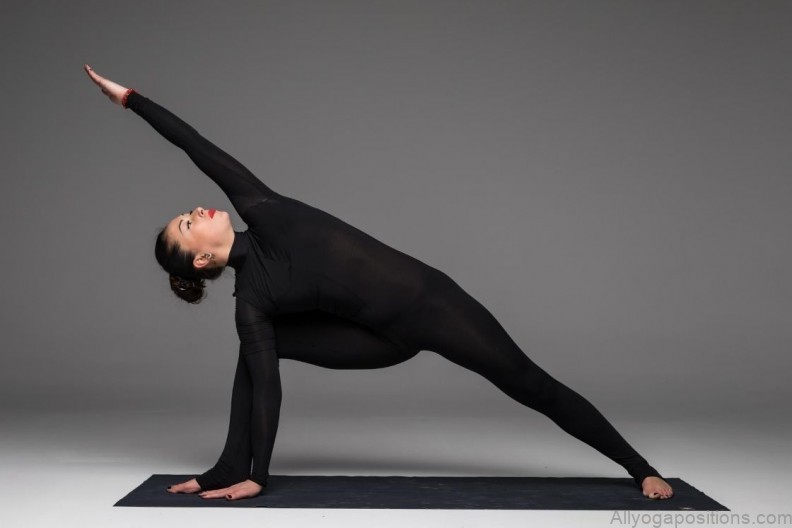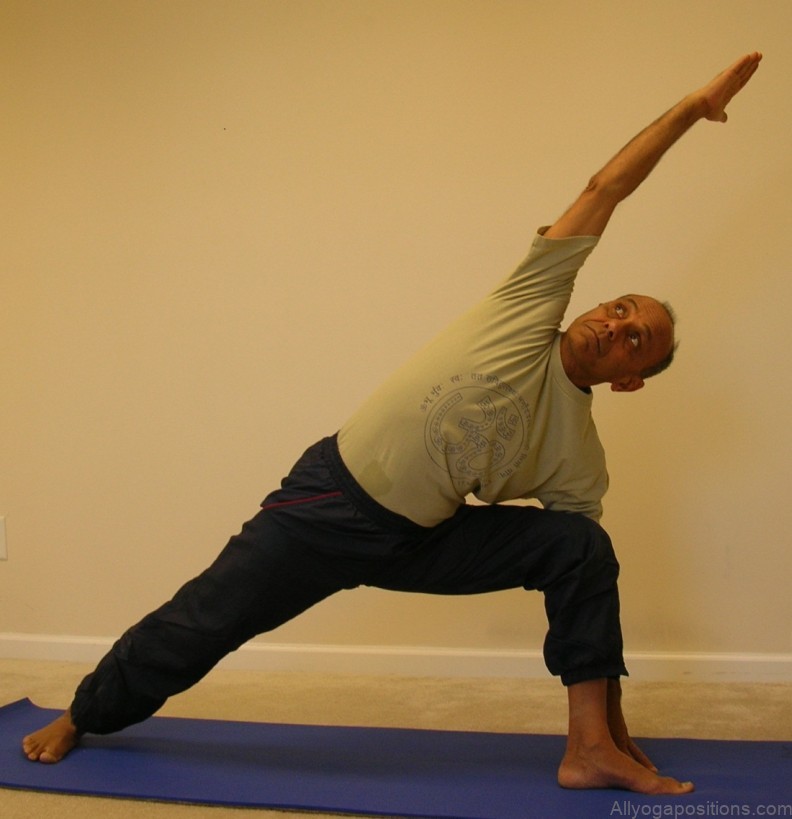Yoga is a practice that has been around for thousands of years, with roots in ancient India. It offers a holistic approach to well-being, emphasizing the connection between mind, body, and spirit. One of the most effective and versatile asanas in yoga is the Utthita Parshvakonasana pose. In this article, we’ll dive deep into this powerful pose, exploring its benefits, techniques, and more.
Introduction
Yoga, with its myriad of poses and techniques, offers practitioners an opportunity to find harmony within themselves and with the world around them. Utthita Parshvakonasana, also known as the Extended Side Angle Pose, stands out as a cornerstone in many yoga sequences. Its dynamic combination of stretch, strength, and balance helps students to access various layers of their physical and mental selves.
The Transformative Power of Utthita Parshvakonasana Yoga Pose Photo Gallery
The Technique Behind Utthita Parshvakonasana
1. Getting into the Pose: To get into the Utthita Parshvakonasana pose:
- Begin in Tadasana (Mountain Pose).
- Exhale, and with a big step, set your feet about 3.5 to 4 feet apart.
- Raise your arms parallel to the floor, and turn your left foot in slightly to the right and your right foot out to 90 degrees.
- Bend your right knee until the shin is perpendicular to the floor.
- Extend your right arm over your right leg, either placing your hand on the floor or on a block beside your right foot.
- Reach your left arm towards the ceiling, or for a deeper stretch, over your left ear, creating a straight line from your left foot to your left hand.
2. Staying in the Pose: Hold the pose for 30 seconds to 1 minute, breathing deeply. Use your breath to ground and stabilize, even as you reach and extend in opposing directions.
3. Exiting the Pose: Inhale, pressing down through your back foot and lifting your torso. Repeat on the other side.
Physical and Mental Benefits of Utthita Parshvakonasana
1. Strengthens and Tones: This asana targets various muscle groups, including the legs, knees, and ankles, thus strengthening them. It also tones the abdominal muscles and helps in the overall improvement of stamina.
2. Enhances Flexibility: The stretch in the Utthita Parshvakonasana goes deep into the groins, spine, waist, chest, and shoulders, thus increasing flexibility in these regions.
3. Therapeutic Advantages: Beyond strength and flexibility, this pose offers therapeutic benefits. It provides relief from constipation, sciatica, and menstrual discomfort.
4. Mental Equilibrium: While in the Utthita Parshvakonasana, the combination of focus, balance, and deep breathing aids in calming the mind, reducing stress, and fostering mental peace.
Safety and Precautions
As with any yoga pose, it’s essential to approach Utthita Parshvakonasana with caution and awareness.
- Ensure that your front knee is directly over your ankle to avoid unnecessary strain.
- Those with neck problems should keep their gaze forward rather than looking up.
- Always listen to your body. If you feel any pain, back out of the pose and consider using props or adjusting the pose to better suit your body’s needs.
Conclusion
The Utthita Parshvakonasana yoga pose, with its profound impacts on both the physical and mental realms, is a testament to the multifaceted benefits of yoga. Incorporating this pose into your regular routine can bring about transformative results. Have you tried the Utthita Parshvakonasana? How did it feel? Please share your experiences and insights in the comments below!
FAQs (Frequently Asked Questions)
1. Is Utthita Parshvakonasana suitable for beginners? Yes, with proper guidance and the use of props, beginners can benefit from this pose.
2. I have a lower back issue. Can I still do this pose? Always consult with your physician or a healthcare professional before attempting any yoga pose. With modifications and props, many find relief in this asana, but it’s essential to practice with awareness.
3. How often should I practice Utthita Parshvakonasana? While it’s safe to practice daily, even doing it 2-3 times a week can offer significant benefits.
4. Can pregnant women practice this pose? Yes, with modifications. Always consult with your doctor and practice under the guidance of an experienced teacher.
5. How can I deepen the pose? Deepening the pose requires a combination of strength, flexibility, and balance. Regular practice, combined with complementary asanas, can help in achieving a deeper variation.
Table of Contents
Maybe You Like Them Too
- Mastering Virabhadrasana A: The Warrior Pose of Empowerment
- Embracing the Essence of Wide Legged Forward Bend: A Deep Dive
- Unlocking the Power of Prasarita Padottanasana: The Wide-Legged Forward Bend
- The Power and Elegance of the Wide Legged Forward Bend II Yoga Pose
- Mastering the Warrior II Pose: A Deep Dive into Its Benefits and Techniques





